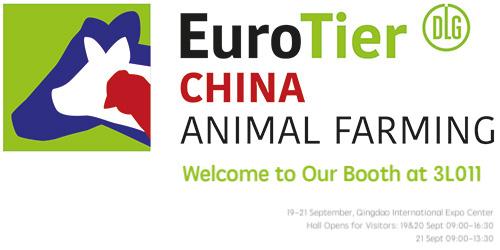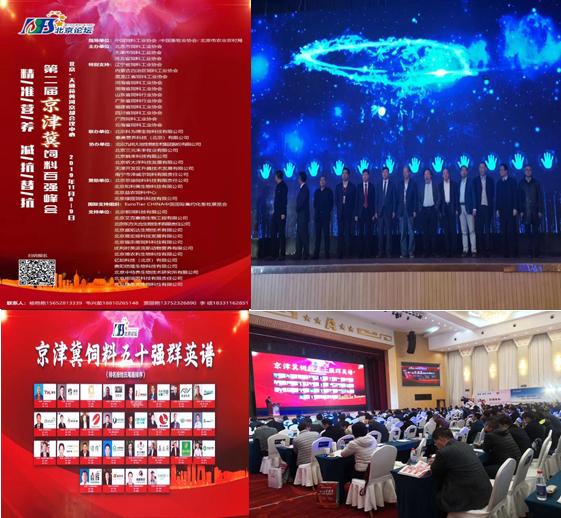In order to earnestly implement the National Medium- and Long-Term Animal Disease Prevention and Control Plan (2012-2020), and effectively carry out the prevention and control of common diseases of cattle and sheep, promote the sustainable and healthy development of the cattle and sheep breeding industry, and ensure the effective supply of cattle and lamb, our organization organizes experts The "Guiding Opinions on Prevention and Control of Common Epidemic Diseases of Cattle and Sheep (Trial)" was formulated. It is now printed and distributed to you. Please combine the actual conditions, strengthen technical guidance and services, and do a good job in the prevention and control of common diseases of cattle and sheep.
Ministry of Agriculture Office
March 19, 2014
Technical Guidance Opinions on Prevention and Control of Common Epidemic Diseases of Cattle and Sheep (Trial)
1. Main pathogens and epidemic characteristics
(1) Main pathogens
Brucellosis, bovine tuberculosis, anthrax, hydatidosis (hydatidosis), sheep pox and goat pox, blue tongue disease, liver flukes and other parasitic diseases, sheep rapid disease, lamb dysentery, cattle epidemic fever, Stomach relaxation, gastroenteritis, etc.
(2) Popular features
First, the harm is greater. The cattle and sheep blights directly affect production performance and the trade of cattle and mutton products, causing serious losses to animal husbandry production and economy. The zoonotic diseases such as cloth diseases also directly affect human health and social stability. The second is obvious regional, there are many pathogens of cattle and sheep blight in China, but the key diseases in different regions are different. The third is that it occurs frequently all year round. Most epidemics do not have obvious seasonality, but it is easy to get sick when the temperature is low. The fourth is that it is mainly spread through direct contact, and the sick cattle and sheep are the main source of infection.
Second, prevention and control measures
(1) Feeding management
Comprehensively strengthen feeding management and adopt comprehensive measures to effectively reduce the occurrence of cattle and sheep blight. Promote the scale, intensive and standardization of cattle and sheep farming, the scale of farming is appropriate, fully consider the environmental carrying capacity and the risk of disease, and promote healthy farming methods. Keep the house clean and hygienic, ventilate and keep warm; pay attention to the preparation of feed, prevent the use of mildewed feed, and ensure the cleanliness of animal drinking water; implement measures to prevent mosquitoes, flies, and rodents; the farm should not mix other animals; establish strict biological Safety management system, closed breeding, outsiders, vehicles, etc. are not allowed to enter the farm freely to improve the level of biological safety.
(2) Immune deworming
Each local area will formulate an immunization plan or implementation plan based on local conditions to immunize against brucellosis, sheep pox and other epidemics. Make immunization records, carry out regular monitoring of immunization effects, and make timely immunizations if the level of immunization antibody does not reach the standard. Deworming domestic dogs in endemic areas of echinococcosis. In areas where parasitic diseases are endemic, it is necessary to take oral, injection, medicated bath and other methods to deworm the medicines in a timely manner.
(3) Symptomatic treatment
Animals suffering from brucellosis, bluetongue disease, sheep pox and other epidemics should be culled and not treated. For other epidemics, symptomatic treatment can be carried out to reduce or eliminate some serious symptoms, adjust and restore the physiological functions of cattle and sheep, strengthen nursing, keep quiet, and minimize the frequency of diagnosis and treatment to avoid disturbing sick animals. Antibiotic therapy can be used for bacterial acute infectious diseases, and chemical drug therapy can be used for parasitic diseases and some bacterial infectious diseases, while paying attention to preventing secondary infections. Emphasis will be placed on strengthening the supervision of the safety of medicines in farms, establishing and perfecting the system of medicine records, strictly implementing the withdrawal period and prescription medicine system, and using the medicine safely under the guidance of veterinarians.
(4) Disinfection
Establish a regular disinfection system and choose appropriate broad-spectrum, high-efficiency, and low-toxic disinfection drugs for disinfection. Incoming and outgoing personnel can use ultraviolet rays, spray disinfection, foot disinfection pads or disinfection tanks, hand-washing disinfection basins, etc .; enter the vehicle and rinse first and then disinfect thoroughly; instruments and tools can be spray disinfection, high pressure cooking, fumigation disinfection and other methods. Sterilization of pens must be cleaned and dirt removed first, and the types of disinfectants should be changed frequently and used alternately. Protect personnel during disinfection to reduce irritation to workers.
(5) Epidemic situation monitoring report
Institutions for animal disease prevention and control at all levels shall, in accordance with the requirements of the National Animal Disease Surveillance and Epidemiological Investigation Plan, earnestly carry out relevant cattle and sheep epidemic surveillance and epidemiological investigations, and promptly report the monitoring results as required. Scientifically analyze the monitoring results and strengthen the early warning and forecast of the epidemic situation. If the farmer or operator finds that cattle and sheep are showing symptoms of infectious diseases, they shall report to the local veterinary department in time. No unit or individual may report late, omit or conceal the animal epidemic situation for any reason.
(VI) Quarantine supervision
Trans-provincial transfer of seed and dairy cattle and sheep must be carried out in advance for risk assessment and reported and approved in accordance with the prescribed procedures. They can be transported after passing quarantine and strengthen supervision, especially the quarantine supervision of semen and embryos. The animal health supervision and inspection station shall strictly verify the inspection objects in accordance with the regulations, and the animals transferred in legally shall be reared in mixed groups after the quarantine period expires. Strengthen the supervision of cattle and sheep trading markets and slaughterhouses to prevent the spread of epidemics.
(VII) Disease purification
Combined with the local reality, formulate a disease purification plan, and strictly eliminate, kill and harm the positive cattle and sheep in accordance with the relevant national technical specifications and processing regulations. Carry out the corresponding epidemic disease purification work, and encourage qualified cattle and sheep farms to carry out the epidemic disease purification work.
(VIII) Harmless treatment
Epidemic animals carry a large number of pathogens, and the risk of spreading the disease is very high. Farmers must actively cooperate with the animal husbandry and veterinary authorities at all levels to fight cattle and sheep suffering from brucellosis, blue tongue disease, sheep pox and other epidemics according to regulations; Carcasses, abortion products, stillbirths, contaminated fodder, etc. are treated harmlessly. Severely investigate and punish the situation of casually abandoning sick and dead cattle and sheep and trafficking in and processing sick and dead cattle and sheep.
(9) Publicity and training
It is necessary to conscientiously sum up the good experience and good practices of cattle and sheep epidemic prevention and control work, regularly carry out technical training for veterinary practitioners and animal breeders, increase the spread of relevant laws and regulations and the promotion of knowledge on safe use of veterinary drugs, etc. Awareness, improve prevention and control capabilities and levels.





